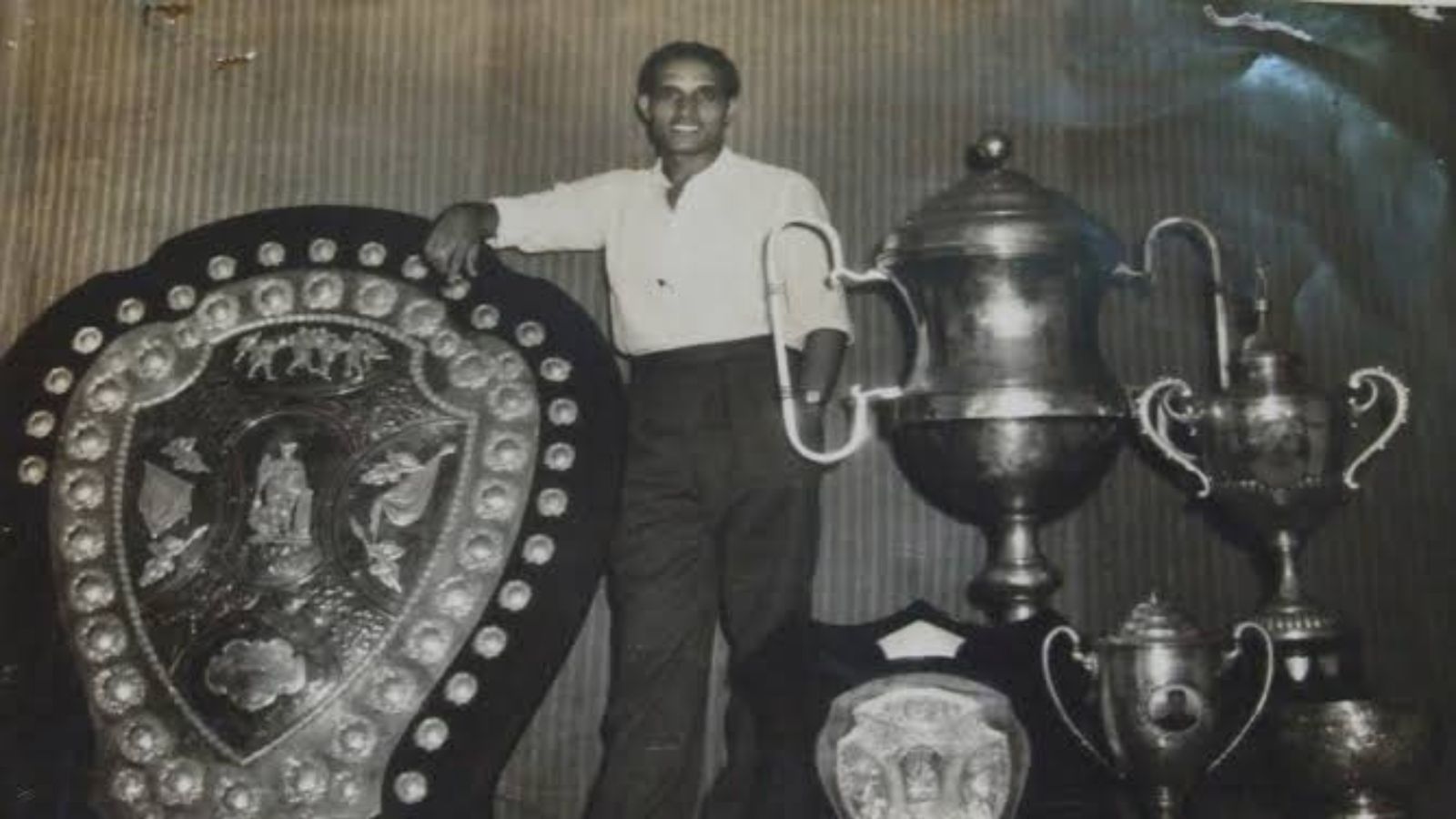Former India skipper, footballer, and Olympian Samar Banerjee, popularly known as Badru Banerjee, passed away at the age of 92. Badru was the captain of team India at the 1956 Summer Olympics in Melbourne. Born on January 30, 1930, Badru was ill for the last one month. The former Olympian breathed his last at SSKM Hospital of Kolkata on Saturday, August 20.
The legendary footballer started his career with Milan Samity before joining Bally Protiva to represent his native town in Howrah. He was a skilful forward, who went on to join Mohun Bagan in 1952, after a brief stint with the famous Bengal-Nagpur Railway club.
His exploits in Mohun Bagan earned him a place on the Indian team. He was made the captain of the Indian team, and also reached the semifinals in the Melbourne Olympics, where he played alongside Neville D’Souza, who scored a hat-trick against hosts Australia.
India took the fourth spot after losing the semifinal to Yugoslavia, and then the third-place match against Bulgaria (0-3). It still stands as the best-ever performance by India in the Olympics or any other world event, and Badru Banerjee’s name as the captain was permanently written in Indian football’s hall of fame.
He later became a coach and went on to manage the Bengal football team, winning the Santosh Trophy in 1961. This was followed by a stint as a selector and remained associated with the Indian Football Association for a long time.
Mohun Bagan, who accorded him the highest honour of the club, the Mohun Bagan Ratna, in 2009, offered him rich tributes, and his body was kept at the club for the fans to come and pay their respects.
The Chief Minister of West Bengal, Mamata Banerjee, also paid her tributes by remembering the great footballer who made India proud. The West Bengal Government honoured Badru Banerjee with the Lifetime Achievement Award in sports in 2017.
Badru was suffering from multiple ailments, including Alzheimer's, high blood pressure, and Azotemia. A separate medical board was created for him, with two neurologists treating him as well. A CT scan also showed bleeding in the brain. He was admitted to the hospital on July 27, but then contracted Covid-19 before succumbing to his ailments.


